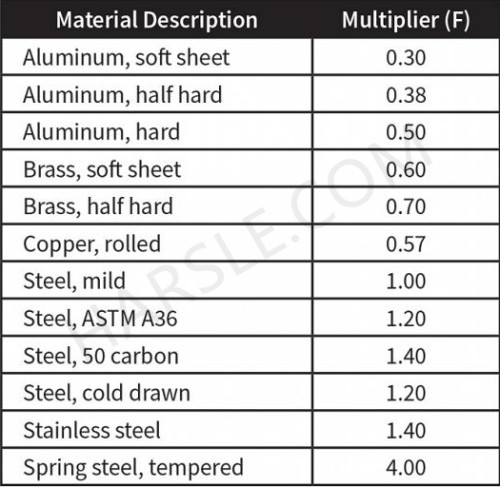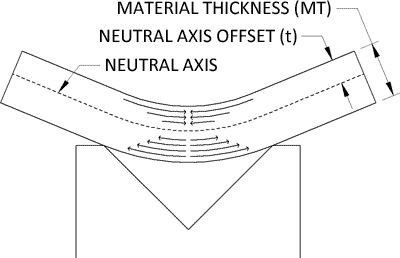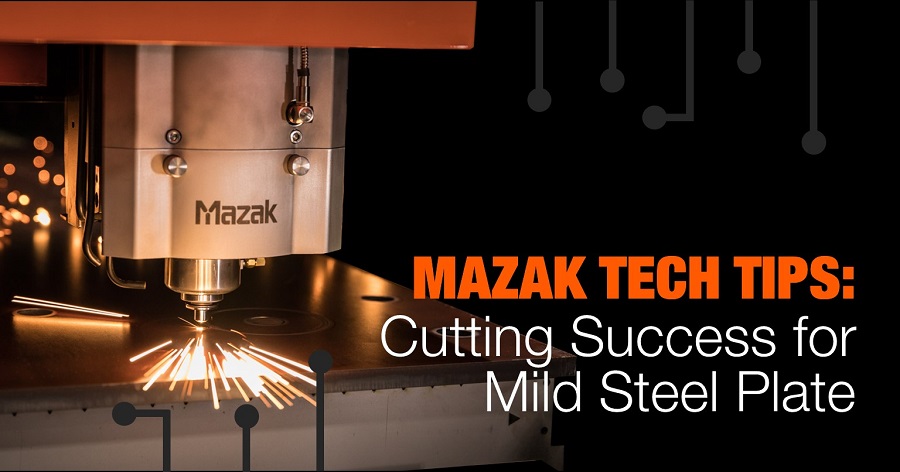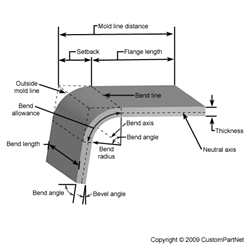A36 Sheet Metal Bend Radius

Specifing a bend radius from here will help prevent hair line cracks.
A36 sheet metal bend radius. Use this document to choose values that are both manufacturable and meet your needs. The bend allowance formula takes into account the geometries of bending and the properties of your metal to determine the bend allowance. The minimum bend radius data shown in these charts is measured to the inside of the bend. It is possible to choose other bends if you require but additional lead time and tooling charges may apply.
Sheet metal bend radii if these guidelines are not followed more research and or some form of analysis may be requried. Recommended minimum bend radii for steel and aluminum. The bend radius refers to the inside radius. The bend radii listed are standard minimum if manufacturing for aircraft and aerospace applications.
The formed bend radius is dependent upon the dies used the material properties and the material thickness. Bend radii minimum bend sizes. You will need to know your material thickness mt the bend angle b the inside radius ir and the k factor k. When sheet metal is bent it stretches in length.
It is most economical to use a single bend radius throughout the design but if necessary you can utilize multiple radii. The tables below show bend radii and minimum bend sizes for materials and tooling combinations stocked by protocase. In a previous bending basics article you mention a material s tensile reduction percentage used for calculating the minimum inside bend radius of various metals. It also contains the use of astm a36 such as it is commonly used in bars sheet plates steel coils steel pipes forged and other materials application.
Divide 50 by the material s reduction percentage as specified by the material supplier subtract by 1 and then multiply by the plate thickness. The material thickness will be measured in decimal form not by the gauge number. We go beyond the general rules of sheet metal bending as our customers want tight bend radii for sheet metal parts. Table 1 preferred recommended 90 degree bend radii for various sheet metals.
In low carbon steel sheet metal the minimum radius of a bend should be one half the material thickness or 0 80 mm 0 03 inch whichever is larger. The bend deduction is the amount the sheet metal will stretch when bent as measured from the outside edges of the bend.



























.jpg)



.jpg)
.jpg)




